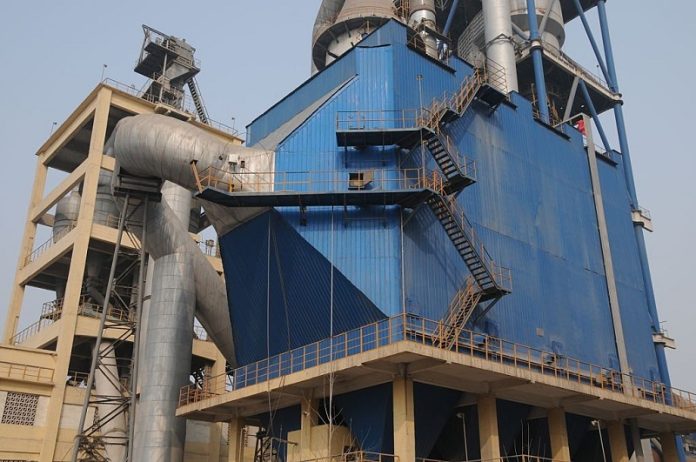Dust collectors are an integral part of a manufacturing or production facility. They help to reduce the amount of dust created and help to maintain an organized work area. Dust collectors should be serviced regularly to ensure proper performance and longevity. They help to remove large amounts of dust and debris from the air, which can lead to improved safety and productivity.
What Are Dust Collectors, And What Do They Do?
Clean the filter regularly. A dirty filter will not perform as well and may even need to be replaced. Check the manufacturer’s instructions for how often to clean the filter.
Use a proper cleaning solution. Use only recommended cleaning agents that have been created with dust collectors in mind. To prevent the growth of mould, make sure the solution is created with antimicrobial ingredients.
Disconnect the power supply when cleaning is done. This will prevent damage from being done to the motor or other components while they are off-limits during cleaning operations.
Tips for Maintaining Dust Collectors:
Use the right dust collector
Dust collectors play an important role in protecting people and property from the harmful effects of dust. There are different types of dust collectors, and each has specific features that can make it better suited for certain tasks. The kind of work you’ll be conducting, and the size of the collection area should both be taken into account when selecting a dust collector.
Some common types of collectors include:
- baghouse collectors
- cyclone collectors
- belt filters
- spiraling duct collectors
Each type has its benefits and drawbacks. For example, a baghouse collector is good for collecting small particles but is not as efficient for large particles. A cyclone collector is better at collecting large particles but can be more expensive to operate than other types of collectors.
Minimize the amount of dust created
By following some simple tips, you can minimize the amount of dust created by your dust collector.
1. Regularly inspect your dust collector servicing to make sure that it is operating properly and that there is no debris inside the machine. If there is anything wrong with the collector, fix it as soon as possible.
2. Always wear a mask when servicing your dust collector. Not only will this protect you from inhaling the particles, but it also protects your eyes from being affected by dust and other elements present in the air.
3. Keep your work area clean and free of any debris that could become airborne when working with a dust collector.
Here are some tips for avoiding dust collector overload:
- Always use the correct size dust collector for the task at hand. Oversized collectors will only catch smaller particles, which can create more work for the motor and eventually lead to failure.
- Do not overload the filter bag. Overloading the filter bag can cause it to tear or blow out, leading to clogged filters and decreased efficiency.
- Store debris properly. If debris is not kept in check, it will build up on the collector and cause it to malfunction.
Use proper ventilation when operating your dust collector
Dust collectors are a necessary part of any cleaning operation. Proper ventilation is essential when operating your dust collector to avoid exposure to harmful particles. Dust collectors should be vented at least 12” high and 6” wide to allow the flow of air around the machine while keeping the collector clean. When maintaining your dust collector, make sure you put on a mask, and gloves, and adhere to all safety instructions.
Regularly check filters and bags to ensure proper operation
Dust collectors are an important part of any manufacturing or industrial setting. They help to reduce the amount of dust and debris in the air, which can lead to improved safety and productivity. However, if your dust collector servicing is not operating properly, it can cause hazardous conditions in the workplace.
To ensure proper dust collector servicing operation, regularly check filters and bags for wear and tear. If there are any signs of damage or wear, replace the filter or bag immediately. Improper usage or handling of dust collectors can lead to serious injuries.
Keep your tools sharp and in good condition to avoid damaging your dust collector
Dust collectors can play an important role in your manufacturing process, but if they’re not kept in good condition, they can damage the machine and cause downtime.
Conclusion:
Following these maintenance tips will ensure your dust collector runs at its peak performance. Remember to inspect and clean the filter every 3 months and replace the bag if it shows signs of wear. Additionally, always make sure that the ductwork is free from obstruction, and keep an eye on the bearings to make sure they are in good condition.











